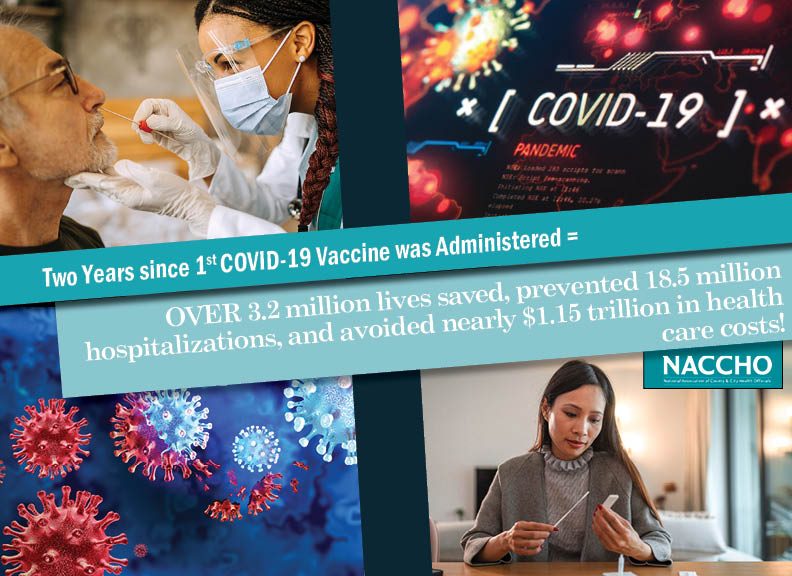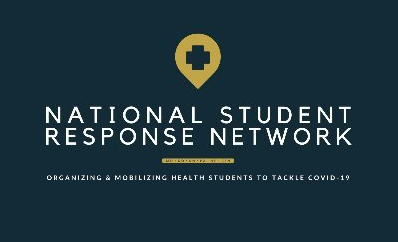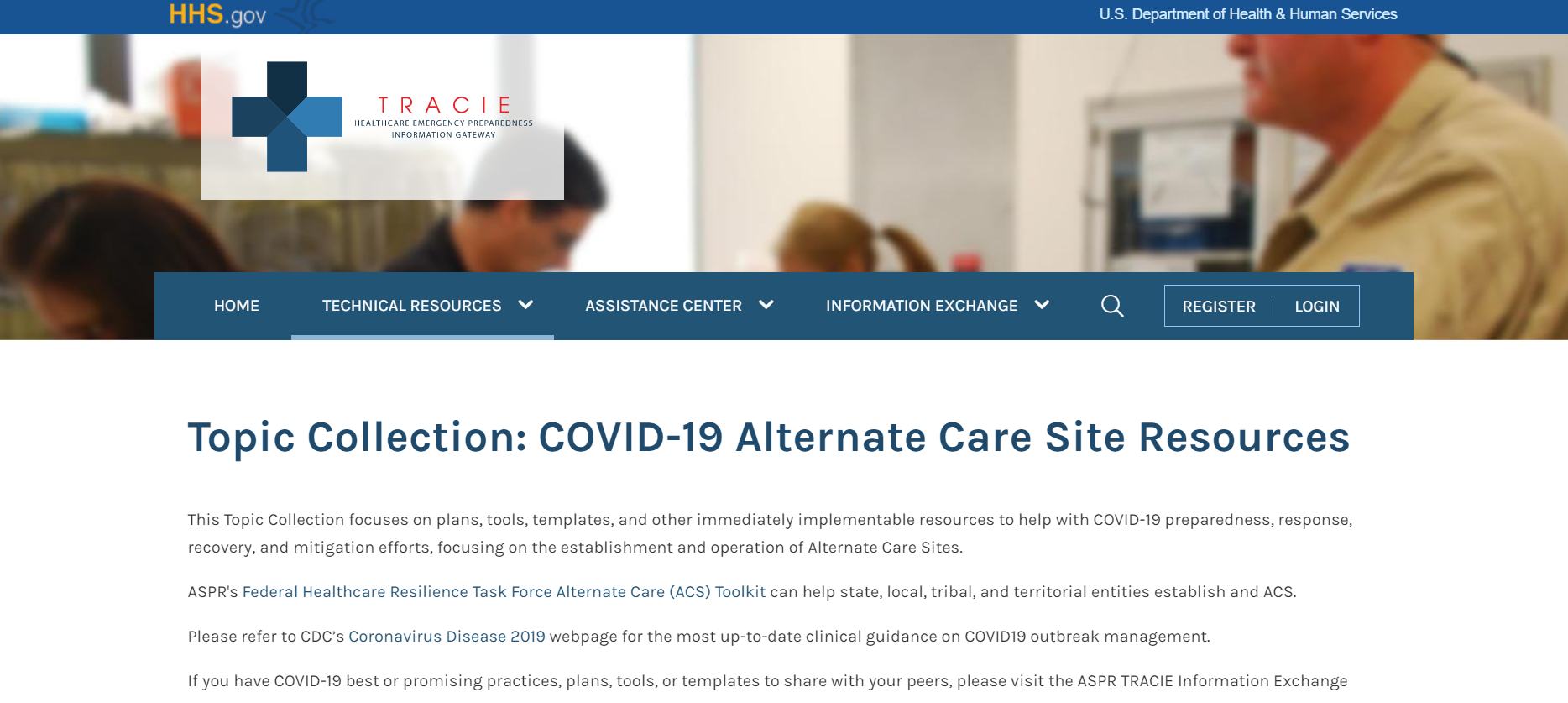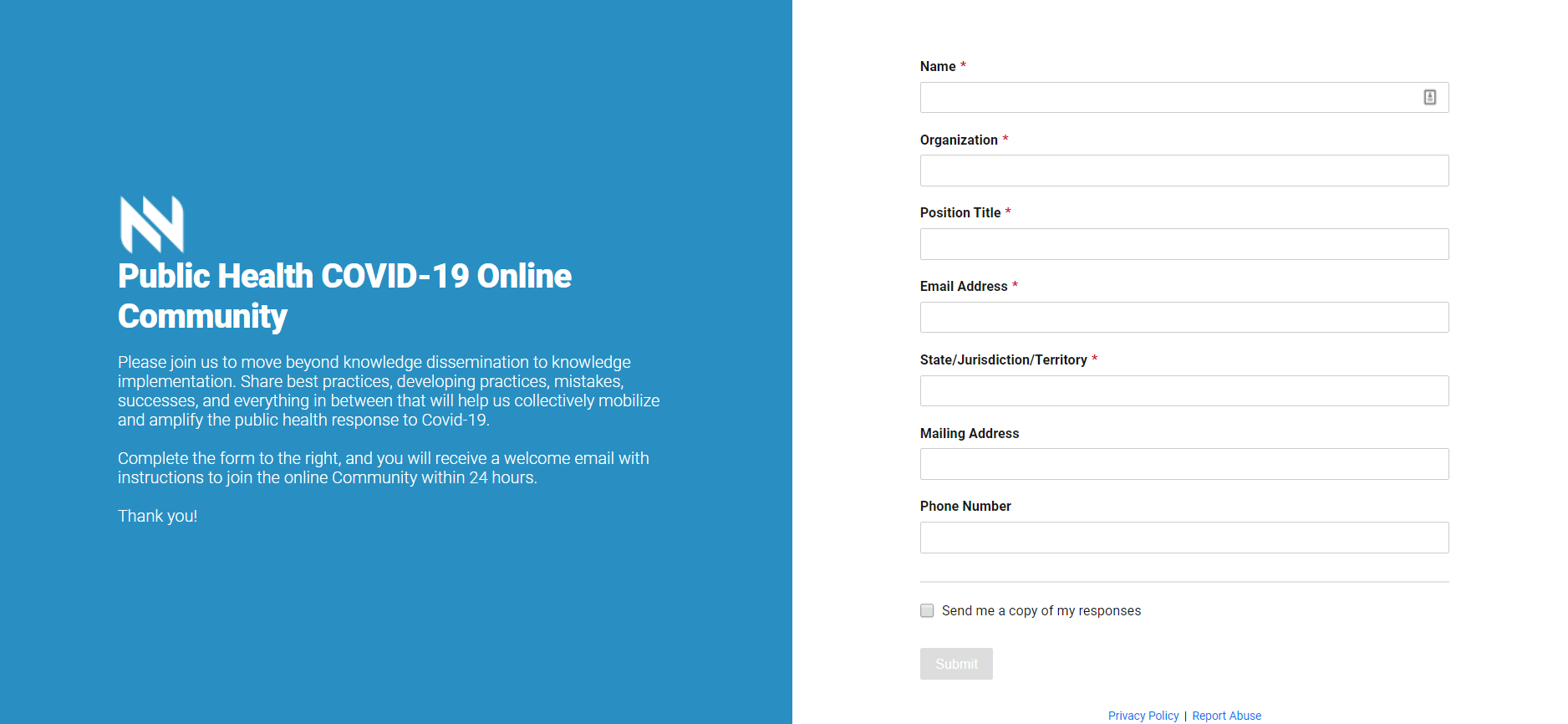Popular Categories
ASPR Reaches Out to Listen to Public and Private Stakeholders on Strengthening the...
More than 100 participants from more than 45 organizations gathered in person or on the phone on January 10 to lend their perspectives...
Feb 06, 2018
Ready or Not? TFAH Releases 2017 Assessment of Public Health Preparedness
In the world of preparedness and response, 2017 was marked by several historic and catastrophic incidents. Hurricanes took center...
Jan 09, 2018 | Katie Dwyer
Be Prepared for Radiation Emergencies
“Failing to plan is planning to fail:” This saying applies to many aspects of preparedness, including radiation disaster preparedness....
Nov 30, 2017
Exercise Resources Released for Pandemic Medical Countermeasure Risk Communications
The Johns Hopkins Center for Health Security released an exercise scenario resource that examines risk communication challenges that...
Oct 25, 2017 | Raymond Puerini
October 2017 Preparedness Policy Advisory Group Report
On October 11, NACCHO’s Preparedness Policy Advisory Group (PPAG) met for its monthly meeting. The focus of the meeting was on a...
Oct 12, 2017 | Katie Dwyer
New NACCHO Report: Population Monitoring Data Management during Radiological...
Radiological emergencies can vary by size and type and result from transportation accidents, nuclear power plant accidents, explosive...
Jul 26, 2017 | Alexandra Harris
ASPR Reaches Out to Listen to Public and Private Stakeholders on Strengthening the Nation’s Health PreparednessMore than 100 participants from more than 45 organizations gathered in person or on the phone on January 10 to lend their perspectives on how to improve public health and healthcare preparedness. The daylong listening session represented the first time the HHS Office of the Assistant Secretary for Preparedness and Response (ASPR) has hosted an […] Feb 06, 2018 |
Ready or Not? TFAH Releases 2017 Assessment of Public Health PreparednessIn the world of preparedness and response, 2017 was marked by several historic and catastrophic incidents. Hurricanes took center stage causing severe flooding, infrastructure damage, injury, and in some cases, loss of life, in Texas, Florida, Puerto Rico, the US Virgin Islands and throughout the Caribbean and gulf coast. The western United States also contended […] Jan 09, 2018 | Katie Dwyer |
Be Prepared for Radiation Emergencies“Failing to plan is planning to fail:” This saying applies to many aspects of preparedness, including radiation disaster preparedness. Radiological emergencies can vary by size and type and result from transportation accidents, nuclear power plant accidents, explosive radiological dispersal devices (RDDs “dirty bombs”), radiation exposure devices, and improvised nuclear devices (INDs). It is... Nov 30, 2017 |
Exercise Resources Released for Pandemic Medical Countermeasure Risk CommunicationsThe Johns Hopkins Center for Health Security released an exercise scenario resource that examines risk communication challenges that could occur when medical countermeasures (MCMs) are provided during pandemics. The SPARS Pandemic Scenario book describes an outbreak scenario in the future when a coronavirus spreads throughput the United States and more than 40 countries over a three-year […] Oct 25, 2017 | Raymond Puerini |
October 2017 Preparedness Policy Advisory Group ReportOn October 11, NACCHO’s Preparedness Policy Advisory Group (PPAG) met for its monthly meeting. The focus of the meeting was on a document developed by NACCHO and the Association of State and Territorial Health Officials (NACCHO) to support state and local preparedness officials conduct extended medical countermeasure distribution and dispensing, which was developed to complete recent... Oct 12, 2017 | Katie Dwyer |
New NACCHO Report: Population Monitoring Data Management during Radiological EmergenciesRadiological emergencies can vary by size and type and result from transportation accidents, nuclear power plant accidents, explosive radiological dispersal devices (RDDs/ dirty bombs), radiation exposure devices, and improvised nuclear devices (INDs). However, regardless of origin, large scale radiation emergencies, are likely to leave a sizeable group of individuals impacted by radiation... Jul 26, 2017 | Alexandra Harris |

Subscribe Today
Sign Up for the E-mail Digests
Create an account or login to MyNACCHO and go to "My Subscriptions."
SUBSCRIBE NOW



